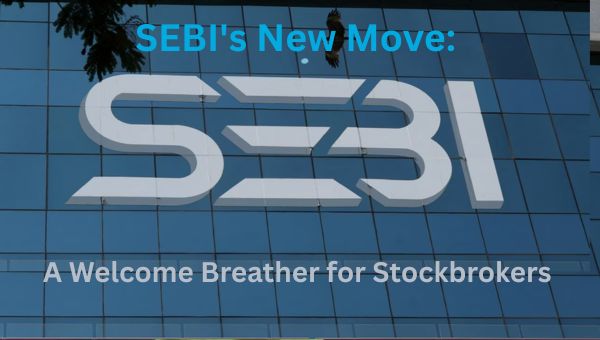SEBI New Move: The Securities and Exchange Board of India (SEBI) has taken a step welcomed widely in the financial world. SEBI has recently extended the deadline for submission of its semi-annual net worth certificate for margin trading facilities for stockbrokers. This is not just a change in a simple date; This is a thoughtful step taken by the regulator to coordinate with existing market realities and promote more ease of trading.

Over the years, stockbrokers providing margin trading facilities had to submit these auditor-certain net worth certificates twice a year, especially by 30 April and 31 October. This time limit, although it was set with good intentions, often caused compliance problems. It did not always match properly with financial reporting cycles and other regulatory obligations that brokers have to fulfill.
Recognizing these challenges, SEBI has now consistent with comprehensive rules for financial results under the Listing Obligation and Disclosure Requirement (LODR).
Here is what this change means | According to SEBI New Move
For half-year ending on 31 March: The last date for submission of net worth certificate has been extended till 31 May. It provides additional 60 days to brokers after the end of half-year period.
For the half-year ending on 30 September: The new last date is now November 15, giving them an additional 45 days.
This is just more than an expansion; This is a strategic simplification. By combining these time-limits with other financial reporting requirements, the SEBI is streamlining the process, reducing the administrative burden, and allowing brokers to focus on what they do best: serving investors.
This decision reflects SEBI’s active approach to creating a more efficient and auxiliary regulatory environment. This strong investor outlines the commitment of the regulator to balance safety with practical, business-friendly compliance measures. For the Indian securities market, this is a clear indication of progress, which paves the way for a smooth, more transparent and eventually more dynamic financial ecosystem.



